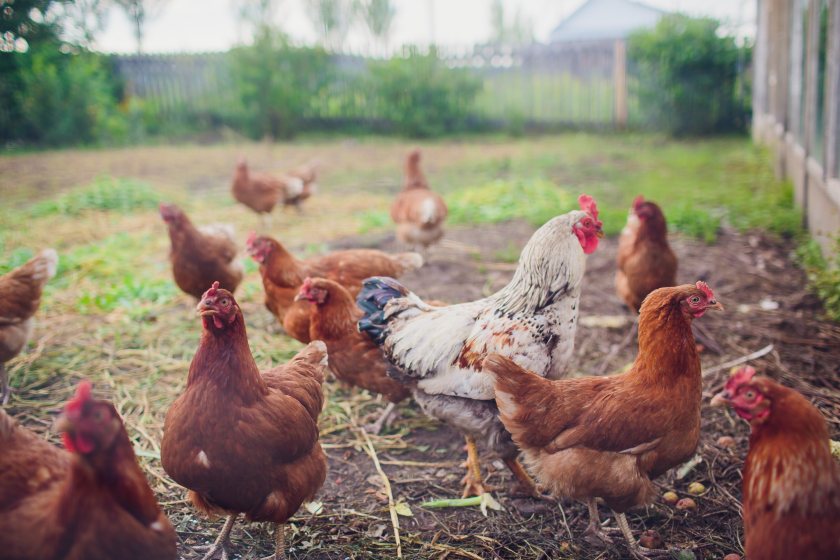
Urgent calls have been made for farmers to tighten biosecurity protocols to protect their flock following the confirmation of two new bird flu cases in recent days.
With migratory wild bird patterns expected to heighten the risk of avian influenza (AI) cases this winter, farmers are scrambling to make sure biosecurity measures are strictly followed.
This is especially true as highly pathogenic bird flu was recently confirmed in a backyard flock on a farm near St Ives, Cornwall.
And earlier this month, the disease was detected in a free range flock on a farm in East Yorkshire, which made it the first bird flu case of the season.
Julian Sparrey, of animal health firm Livetec Systems, says one of the highest risk points for disease entering a shed is via human movement.
“Most know that human biosecurity is crucial, but it’s got to be done properly, or there’s no point in doing it at all,” he explains.
“You can’t just wash your boots down in disinfectant, you need to change into clean boots and overalls, without contaminating them in the process, to be effective.”
Bird and rodent proofing is also an essential process to minimise the risk of contamination, according to Mr Sparrey.
Most producers put one inch mesh on all shed entry points during the outbreaks in 2022, but he advises these are checked for damage, as they are likely to have deteriorated over time.
“Even if wild birds aren’t infected with the disease, they can be carrying it on their feet or feathers, the same goes for rodents, so it’s imperative to do everything in your power to stop them accessing sheds,” he says.
“It’s obviously harder for free-range producers to eliminate these risks altogether, but you can still take precautions.
“For example, I’d urge farmers to discourage wild birds from landing on sheds – use spike strips and deterrents on roofs to put them off perching.”
He also suggests not only looking at working to eliminate puddles and standing water on the range, but also in farmyards.
This is because the AI virus can survive in cold water for up to 100 days, and can easily be transported into sheds by wildlife or humans.
Explaining learnings from previous outbreaks, Mr Sparrey explains that flocks on Britain’s coast are generally hit first, due to birds migrating from Eastern Europe.
Generally, the severity of the risk will depend on how harsh winter conditions are on the continent, he says.
“We’ve seen increased outbreaks in the UK directly correlate with particularly cold winters in Eastern Europe, as more wild birds travel west.
“But with a case of the H5N5 variant in Yorkshire and the H5NI variant in Cornwall, it’s important to stay alert wherever you are in the country.”
To help stay vigilant, Mr Sparrey recommends poultry producers download the free Livetec Livestock Protect app.
“The app provides real-time updates on AI cases across the country so you can assess the developing risk in your area,” he says.
"Should you fall within a protection zone, the app will notify you of any measures to take, including movement restrictions.”
It comes as bird keepers in England and Wales - including those with just one bird - were told to sign up to the government's new compulsory register.
The new measure came into effect from October in order to better protect the poultry sector from future avian influenza outbreaks, as well as other diseases.
In Scotland, bird keepers have until 1 December to register their details with the Scottish government.
